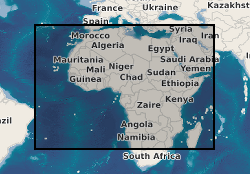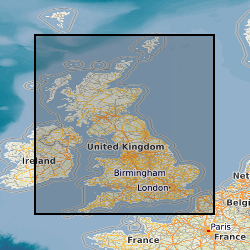Discontinuity
Type of resources
Topics
Keywords
Contact for the resource
Provided by
Years
Formats
Representation types
Update frequencies
Scale
-

X-discontinuity observations recorded from receiver function stacks of passive-source seismic data. Receiver functions are recorded between January 1990 and October 2021 at numerous seismometers on the African continent (see Pugh et al., 2023 for details). Receiver functions are downloaded, processed using SMURFPy (Cottaar et al., 2020). They are subsequently stacked in the depth and time-slowness domains in 1 degree radius overlapping bins and interpreted for the presence of the X-discontinuity. The dataset comprises 597 stacks, their location, the depth of the X-discontinuity, a classification of the stack and the amplitudes of the X-discontinuity. See Pugh et al., 2023 for further details on the method, the code used to download, process and stack receiver functions can be found at: https://doi.org/10.5281/zenodo.4337258 Pugh et al., 2023 - Multigenetic Origin of the X-discontinuity Below Continents: Insights from African Receiver Functions.
-

This dataset is a characterisation of discontinuity types found within rocks and soils in Great Britain. Discontinuities are breaks, fractures or planes of weakness in the rock mass. The dataset includes type, frequency and orientation of discontinuities within rock and soil materials at formation (local to regional) scale. The discontinuities are classified in 3 categories: stratification (bedding planes), foliation (mineral banding) and rock mass description. The dataset aims to facilitate the preliminary research for planning and design of buildings, infrastructure and resource extraction. It forms part of the DiGMap Plus dataset series of GIS layers which describes the engineering properties of materials from the base of pedological soil down to c. 3m depth (ie the uppermost c.2m of geology). These deposits display a variable degree of weathering, but still exhibit core engineering characteristics relating to their lithologies.
 NERC Data Catalogue Service
NERC Data Catalogue Service